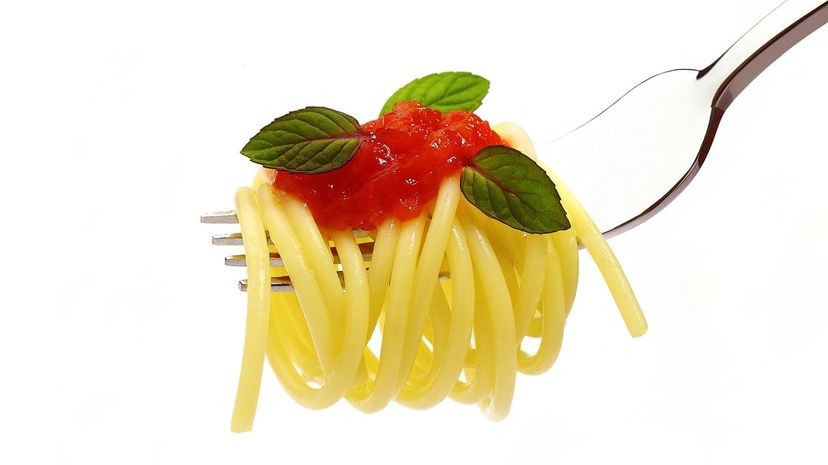
About This Quiz
Pasta is very much a staple food in Italian cuisine. It's eaten hot, cold, stuffed, baked; you name it, and pasta can handle it. There are some shapes of pasta that are better for heavier sauces because the pasta is hearty itself, but then there are those delicates pieces of dough that dare only be touched by olive oil, cheese and fresh herbs. Getting hungry yet? Just wait.
Walking down the pasta aisle of your grocery store can be daunting if you don't know much about the different shapes of pasta. There are short ones, long ones, thick ones, twisted one and ones that look like rice. Are you sure it's not rice? Where to begin! Begin with what you know, and you can work your way up to the ins and outs of the most intriguing pasta shapes.
Maybe you fancy yourself a little bit of a pasta expert? We bet there's one in this quiz even you haven't heard of. And how could there not be? New pasta shapes are being created so frequently as new generations of pasta makers take over and experiment with the soft egg dough. Whether you're a novice, expert or just like eating pasta, do you think you can name all the pasta shapes in this quiz? Take it now to find out!

While people think lasagna is the completed dish, it's actually just the pasta that's used to layer. It's rolled out thin and can have the classic curled edges or be completely flat. It's perfect for layering or even rolling.
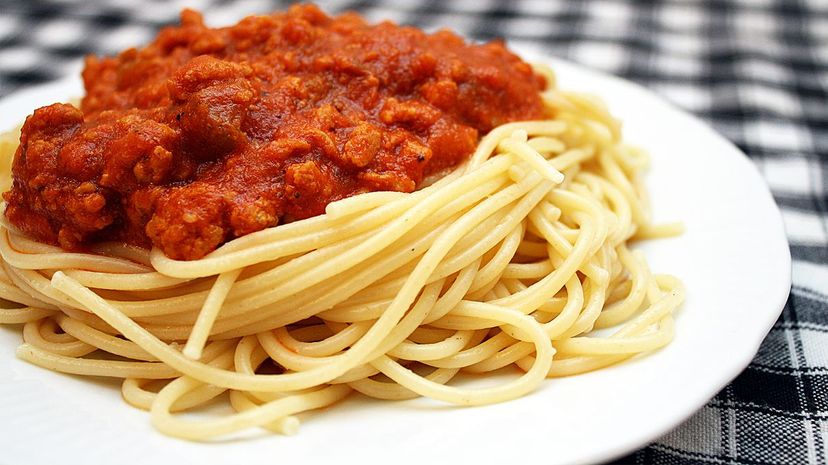
Spaghetti is one of the most common types of pasta. It's long, somewhat thing compared to other types and soaks up sauce perfectly. Whether you spin it in your spoon or slurp it up, there's no wrong way to eat spaghetti.
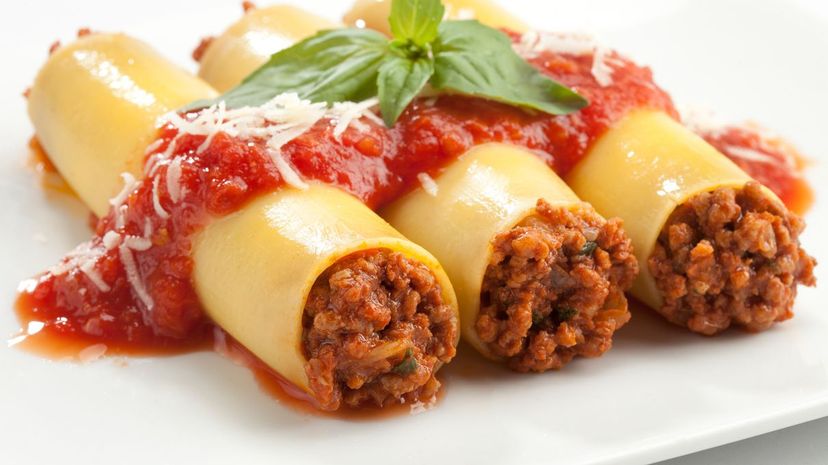
Cannelloni is kind of the rolled version of lasagna. It starts out flat and then gets rolled into a tube shape perfect for taking on any kind of filling you can imagine. Then cover them all in cheese and bake them in the oven for melty goodness.
Advertisement
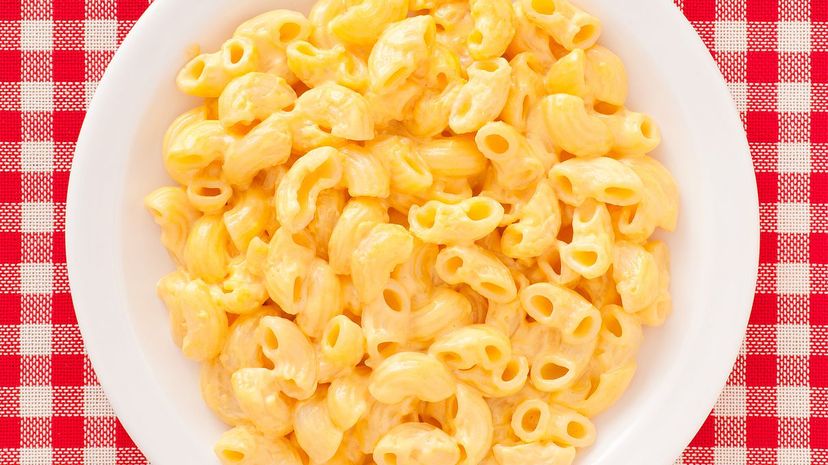
Macaroni and cheese is hands down the most loved pasta dish. It can be doctored up with gourmet cheese and a bread-crumb topping or you can keep it plain with the boxed stuff. Either way, you'll be satisfied.

If you've never had fried ravioli, you're missing out. But having it the way it was meant to be eaten is just as good! It can take on red sauce, pesto, Alfredo sauce or just plain old butter.
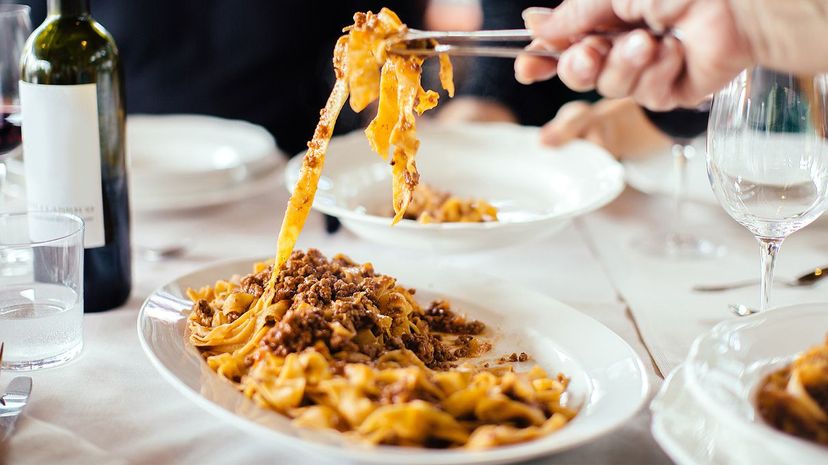
Tagliatelle is the perfect pasta for a meatier and heavier sauce like a bolognese or a mushroom sauce. They're wide and thick, so they take a bit longer to cook, but you won't miss the time at all once you sit down to eat it.
Advertisement
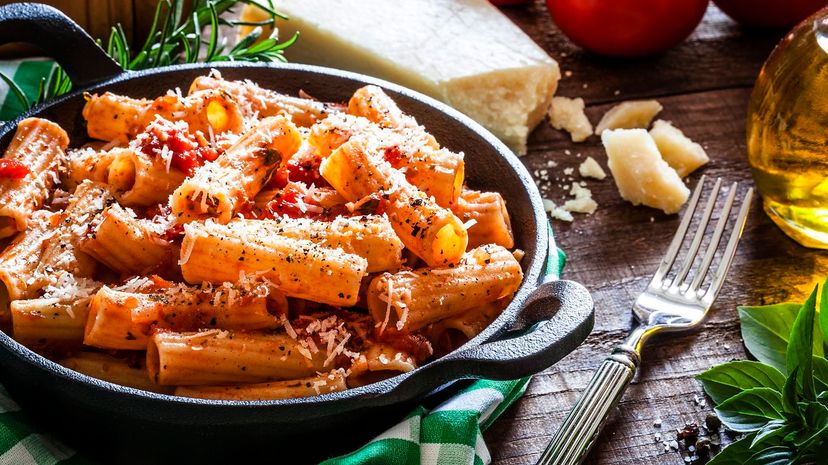
A lot of pasta has holes in the center, but this one takes it to a new level. The hole makes it look more like a paper-towel tube than pasta, but it's shorter. The actual pasta is thin, so it cooks in no time.
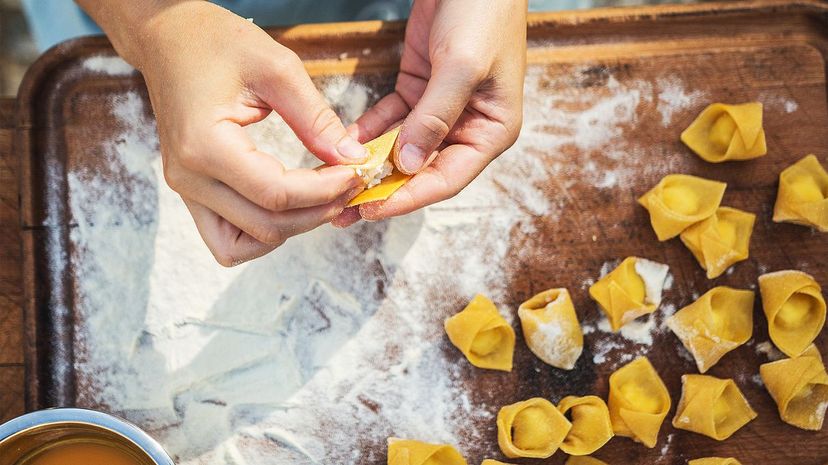
If you know how to fold a tortellini, then you're doing something right in this world. It's notoriously hard to do, which is why the frozen and prepared ones sell so well. There's folding and tucking and stuffing. It's a lot!

Fettuccini is an egg pasta, as are most traditional Italian pastas, and it's slightly more narrow than tagliatelle but along the same lines. It's the most common pasta used for Alfredo, though the reason why isn't really known.
Advertisement
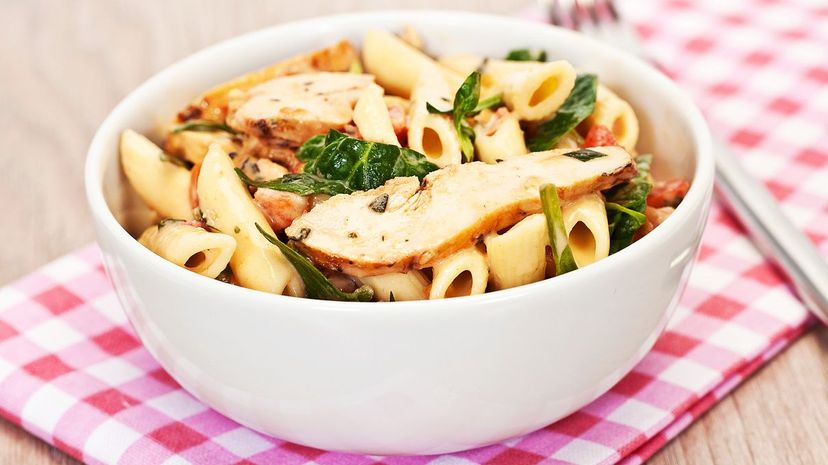
Penne is another super common pasta shape that you'll see on grocery store shelves. It's tubular but has ends that look almost sharp. It's great for a sauced pasta because the sauce gets caught in the tube and is a burst of flavor in your mouth.

Penne rigate is a variety of penne that is furrowed or has those thin lines in it. It's cut on the bias the same as regular penne and is the same length. Literally, the only difference is the lines. But you definitely need to try both.
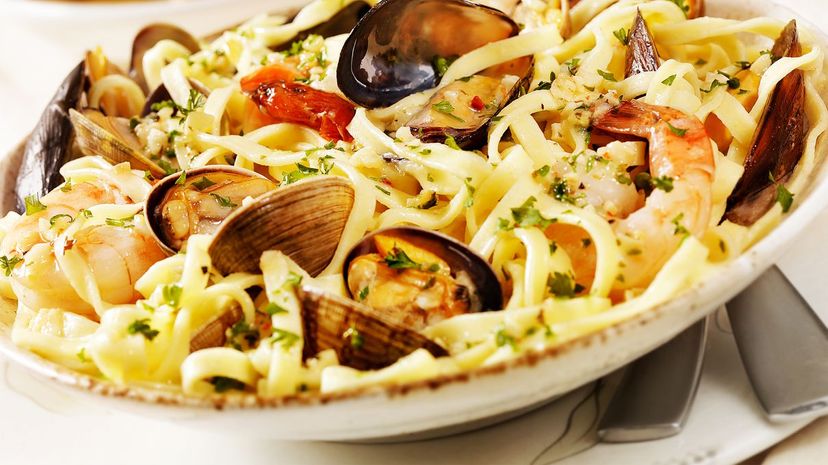
Linguini in a clam sauce is something you'll find on many Italian restaurant menus. And for good reason: It's salty and creamy, and the smooth pasta compliments those flavors extremely well.
Advertisement

Pappardelle is maybe the widest of the long pasta before you get into lasagna sheets and other layering pasta. It's still meant to be eaten in its long strands like spaghetti or fettuccini. but you might just get fuller faster due to its size.
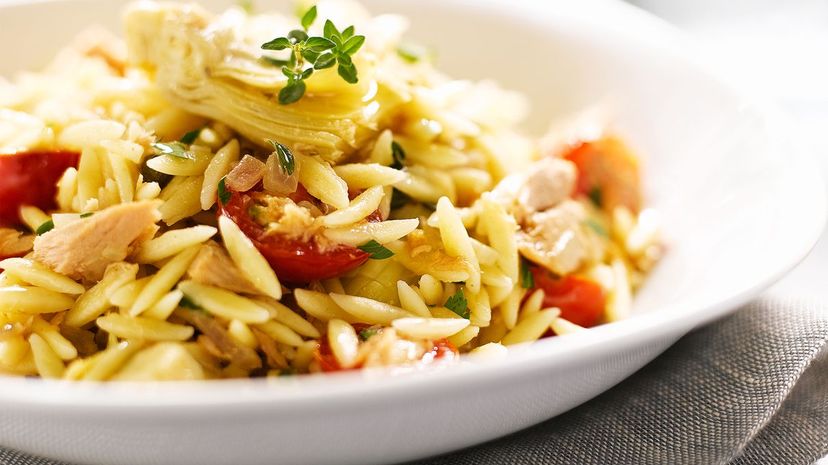
Orzo is pasta, we promise. It might look exactly like rice, but it's made out of eggs, flour and other traditional pasta ingredients. It works well in soups or cold salads because of its small size.
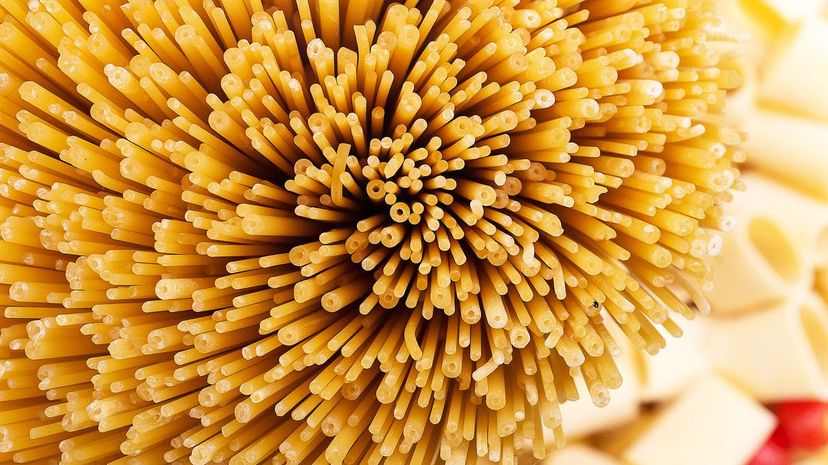
Bucatini is essentially the same shape as spaghetti, albeit a tad thicker. It also has a very small hole running through the pasta. It's not considered tubular because you can't stuff anything inside of it, but you will definitely want to stuff your mouth full of it.
Advertisement
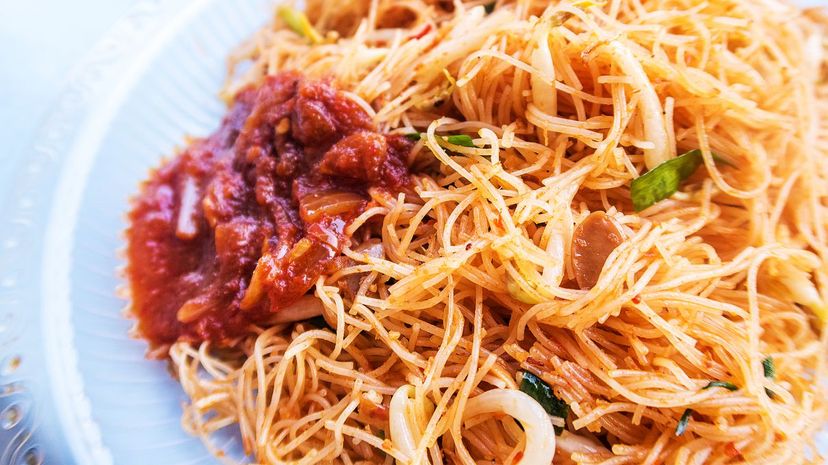
This is also a general term for types of noodles in Asia. It can be cooked, sauced and eaten the same way as spaghetti but also opens itself up for many other dishes like Pho or noodles in a peanut or coconut sauce.
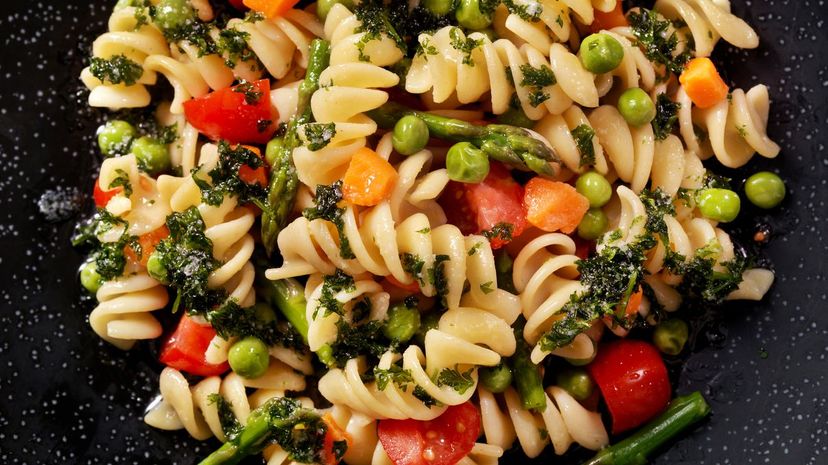
This twisted pasta is a favorite among pasta salads and hot sauces alike. Mix-ins and sauces get caught in all the crevices that you'll almost never get a full bite that's just pasta.
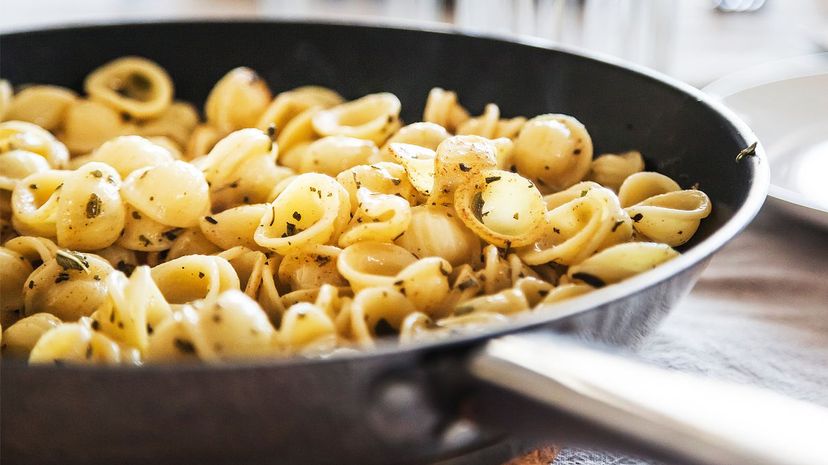
This is a small pasta but not quite small enough to be a soup pasta. It can still hold its own against a hearty sauce or a light one. It can be used in place of macaroni for a cheesy meal or tossed with olive oil and fresh herbs.
Advertisement

You'll also see this shape used a lot in cold salads because it's the perfect size to go with things like cherry tomatoes and small balls of fresh mozzarella. You'll also find it baked in tomato sauce and a heaping amount of cheese and then baked to perfection.
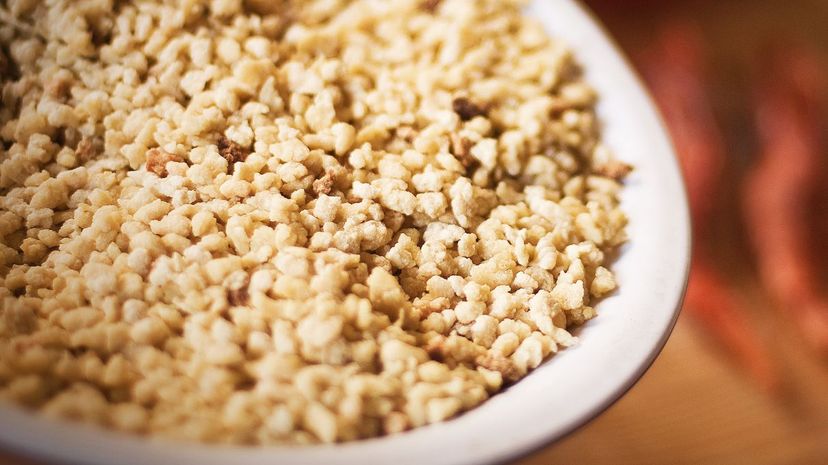
Fregula is a semolina dough that is rolled into little balls that then get toasted in the oven. It's an interesting process for pasta, but for one that gets used almost only in soups, it makes sense.

Taglierini is yet another long pasta that is flat and a bit wide, but the wideness can vary based on where it's produced. It can be boiled and eaten just like any of the other long and ribboned pasta varieties.
Advertisement

What is there to say about manicotti other than it's best used a vessel for herby ricotta cheese, red sauce and lots of mozzarella and parmesan melted on top? It's the perfect almost one-pot meal.
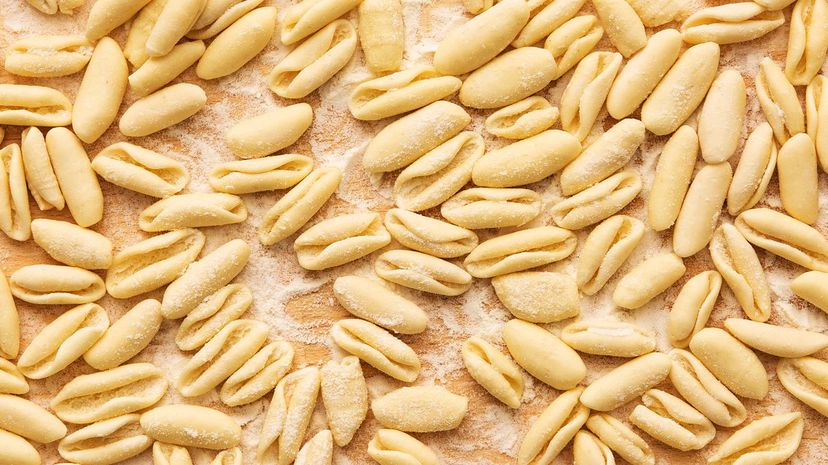
It's not the shell pasta that you would get in a shell-and-cheese boxed pasta, but it does have a cavity in the middle more like a Puka shell. You can use this in soups, as well as pasta salads or baked pasta dishes.
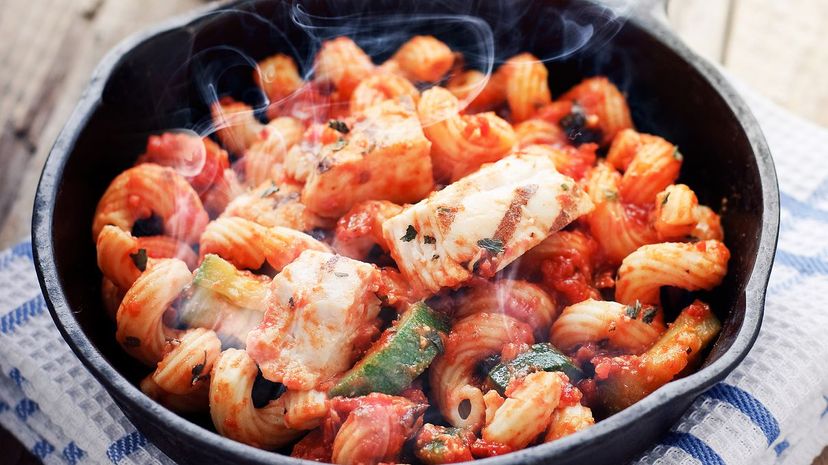
Cavatappi may be the trifecta of pasta shapes. It's got the hole in the center for trapping sauce, the twisted shape for catching the good mix-ins like olives or cheese and the thin lines to give it a hearty mouthfeel.
Advertisement
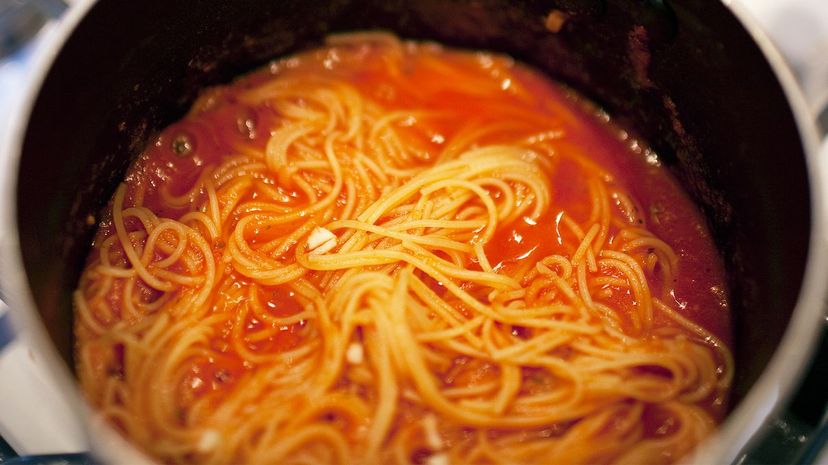
Capellini is used the same as spaghetti, as it's almost the same thing as both with some slight differences in thickness. You'll often find it sold in a nest shape to keep the strands from completely drying out.
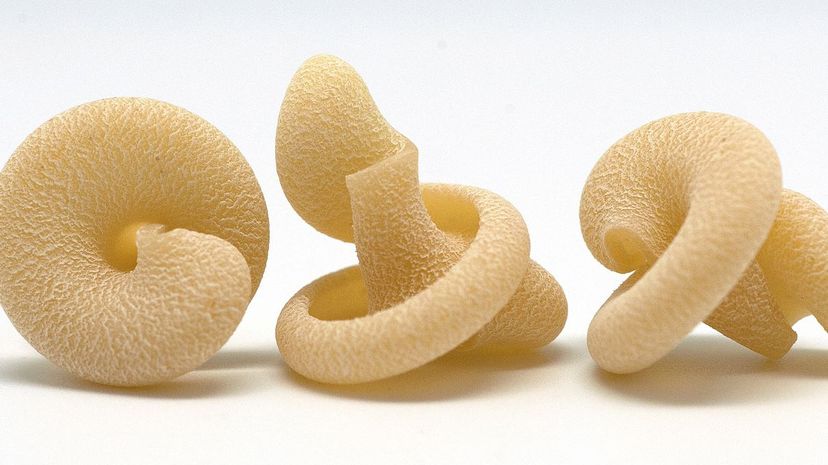
This is a more modern pasta shape with lots of spirals and lots of character. Named after Mt. Vesuvius, it mimics the shape by getting narrower as the pasta shape goes up. It holds onto sauce extremely well, until it explodes in your mouth.
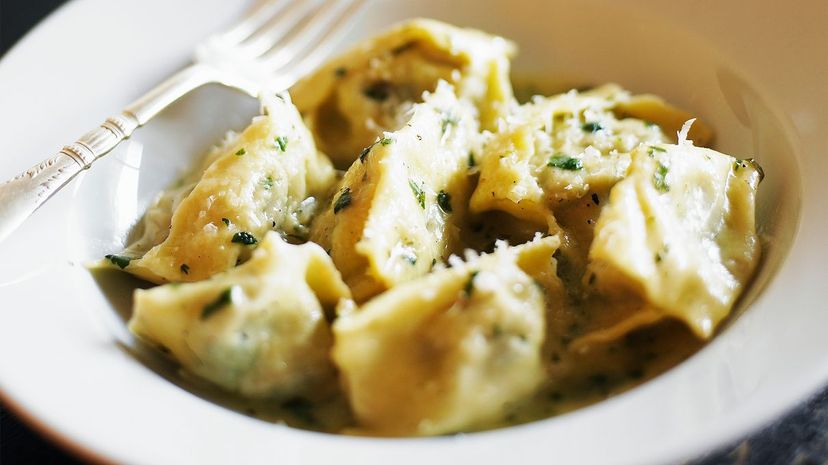
A lot, indeed. It's an intricate shape but from the naked eye, it doesn't look it. You have to get the right amount of stuffing inside so that the seams don't burst while it's cooking and cause the filling to leak out.
Advertisement
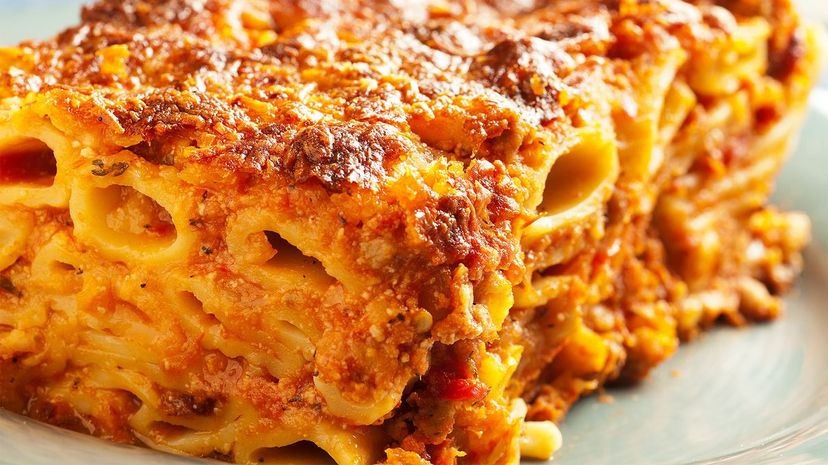
It's an extruded pasta shape, which means it gets formed and pushed out of a machine that cuts in with a rotating blade. Baking it with sauce and cheese is probably the most common way of consuming this pasta shape.
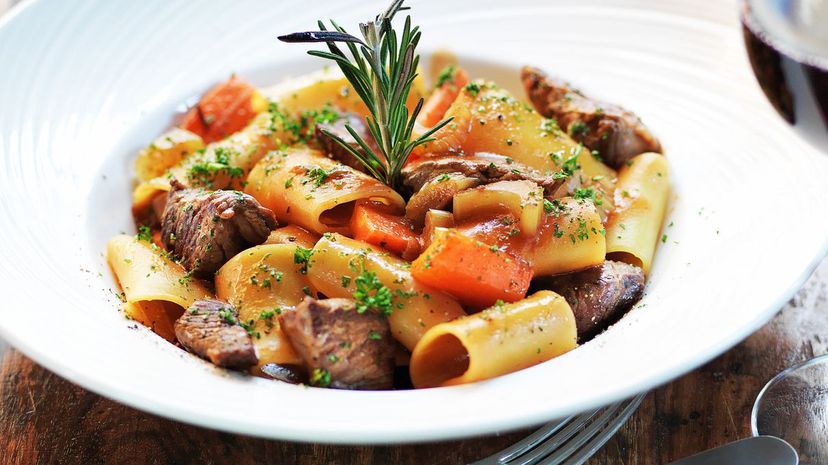
Not sure what "common slaps" has to do with this pasta shape, but it's delicious, so don't spend too much time thinking about it. It's almost like a shorter version of rigatoni but with a bigger hole in the center.
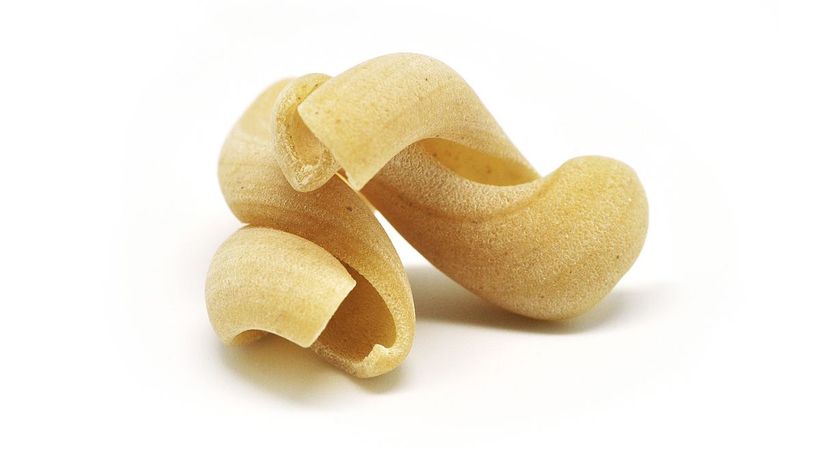
It's as if the pasta makers took cavatelli and wanted to get the most out of it, so they made it longer and a bit thinner. It still has that classic hand-rolled look to it where the pasta almost starts to fold and curl into itself.
Advertisement
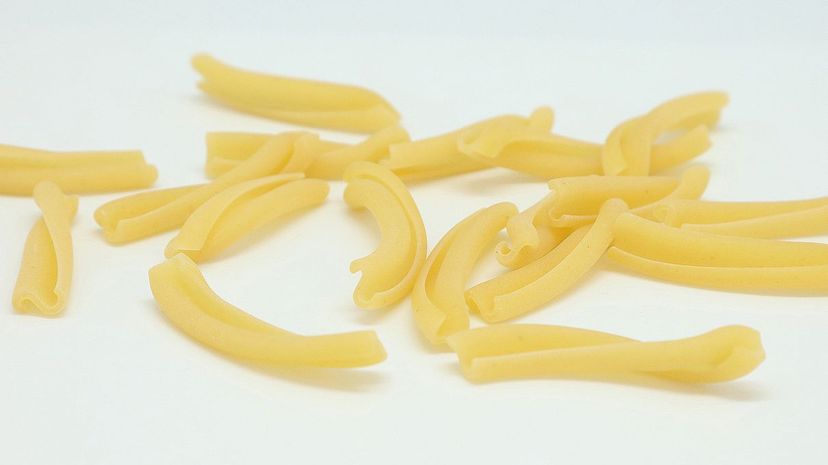
This pasta shape appears to roll into itself much like strozzapreti and cavatelli, but it's much shorter than both. It's a great substitute for macaroni in a pasta and cheese dish, as the cheese sauce gets stuck inside the little crevices.
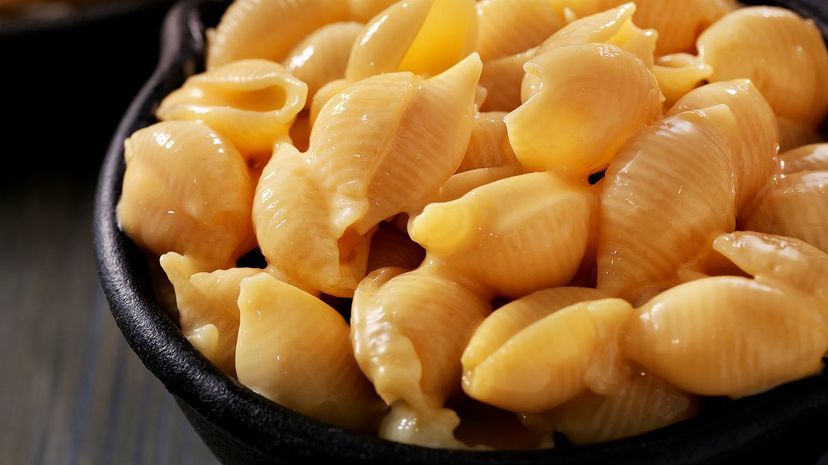
Such a complicated name, which is why it's most commonly just called "shells." If part of the name sounds familiar, it's because it is shaped to look like the bottom part of a Conch shell. You might even hear the ocean!
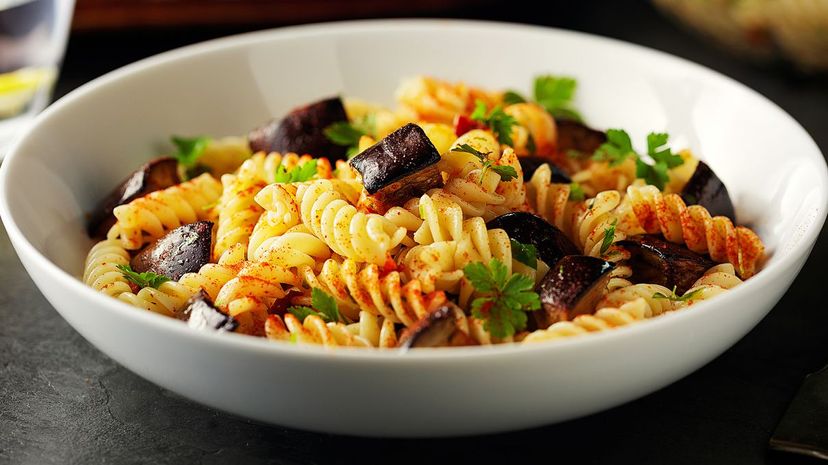
Rotini looks a little bit like fusilli, but the twisted shape is much more exaggerated with rotini. The spirals are tighter, meaning closer together, which is perfect for trapping sauce. The two shapes can be used interchangeably, though.
Advertisement
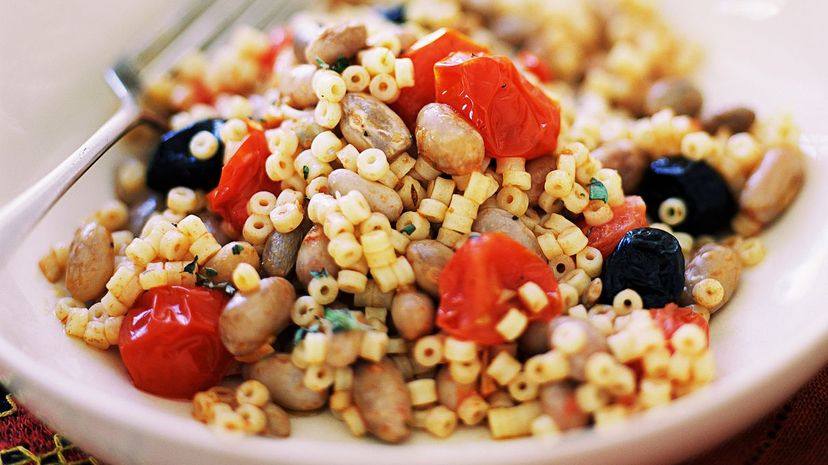
Ditalini is the quintessential soup pasta because it's so small you can fit them on your spoon along with the other ingredients. Pasta e fagioli is probably the most common soup you'll find this pasta shape in.
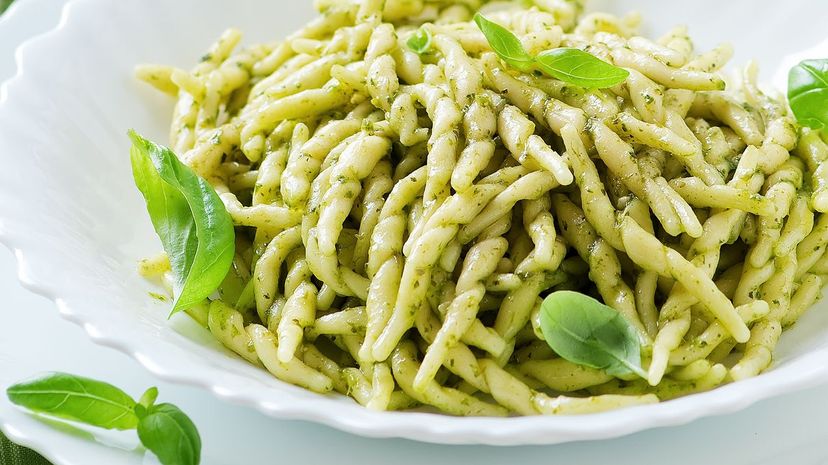
This pasta kind of looks like it was made from scraps of leftover dough from making other pastas. It's very rustic, which makes sense for the Liguria region. The shape is achieved by rolling small pieces of dough on a flat surface.

Its length and thickness is very similar to penne, but Garganelli is made by rolling a thin square of pasta until it's a complete cylinder. It can be smooth or rigid; it just depends on what type of surface you roll it on.
Advertisement
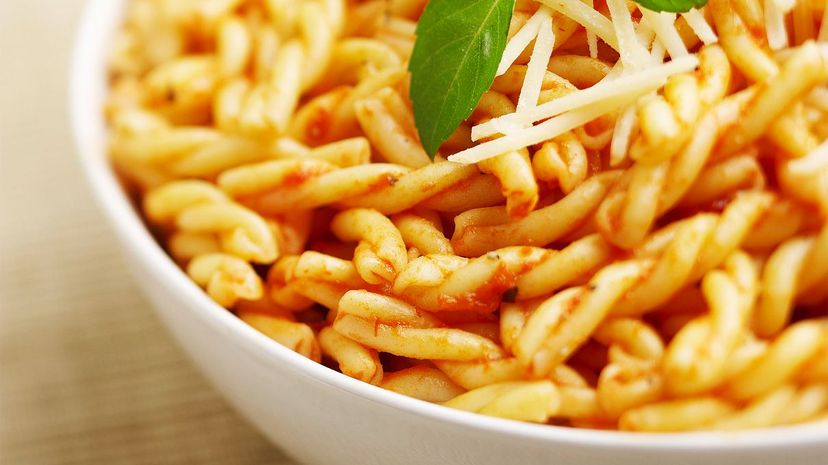
It's two separate pieces of pasta coming together, hence the "twins" translation. You can still see their individual strands of pasta, but they create one twisted shape. It's definitely a spiral, though, as opposed to a corkscrew shape.
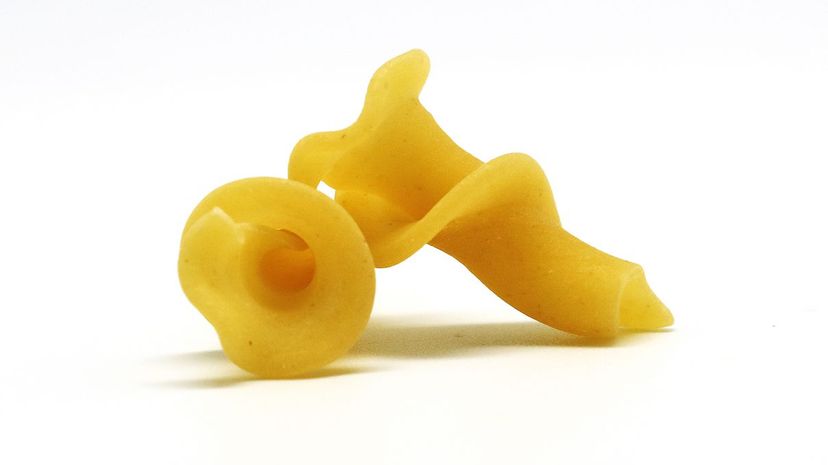
There's a lot going on with this pasta shape. There's the ruffled edges, there's the little folds where the pasta has been rolled slightly and there's the little crevice in the middle for holding sauce.
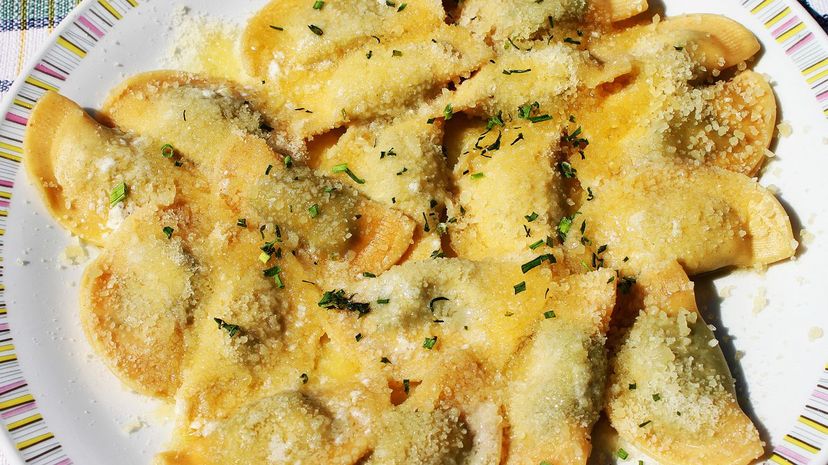
This pasta starts out as a full circle, but unlike other stuffed kinds of pasta where another piece of circular pasta gets placed and sealed on top, this one gets folded over to create a half circle, or half moon, shape.
Advertisement
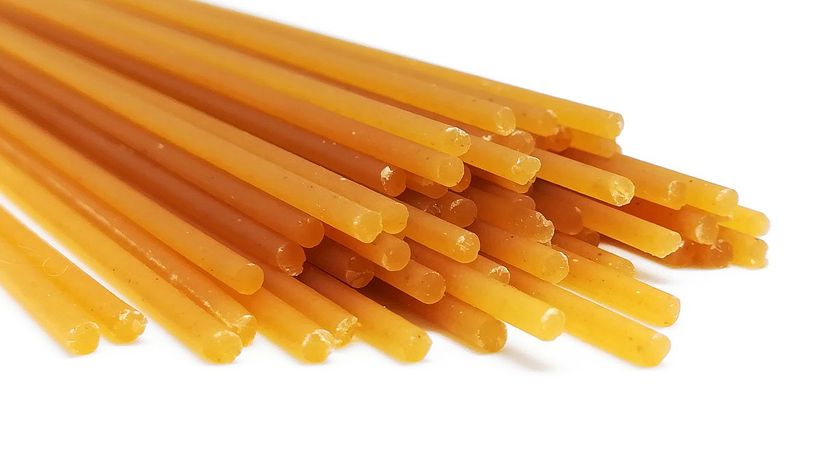
It definitely gets its name from the extruder used to shape it, the bigolaro. Since it's so similar in size and shape to spaghetti, it can be used in exactly the same way. It's thicker, though, so it will take longer to cook.